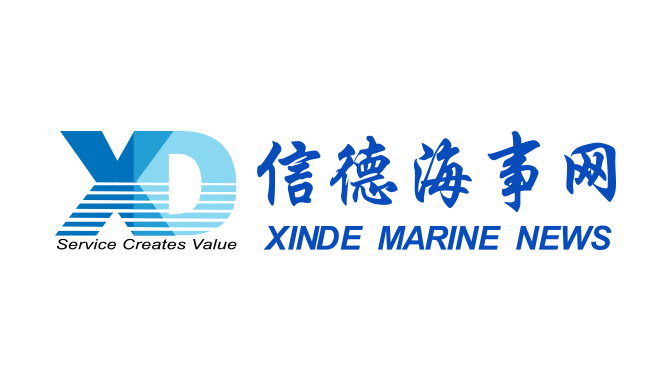
The global chemical tanker market is in the midst of a dynamic reshaping — marked by strategic acquisitions, fleet modernization, and a cautiously optimistic outlook. In response to aging vessels, tightening capacity, and robust long-term demand, leading operators such as Stolt-Nielsen, Odfjell, MOL Chemical Tankers, and others are moving aggressively to secure future tonnage and market dominance.
M&A Momentum: Stolt-Nielsen Takes Full Control of JV
In its latest move, Stolt-Nielsen announced the full acquisition of Hassel Shipping 4, a JV previously shared with JO Odfjell. The deal includes eight modern 32,800 DWT stainless steel chemical tankers built between 2016–2018, now fully integrated into Stolt’s fleet.
This is just one of several significant consolidations:
Oct 2024: Christiania Shipping acquires France-based Navquim, adding 13 stainless steel tankers.
Mar 2024: MOL Chemical Tankers acquires Fairfield Chemical Carriers in a ~$400M deal, boosting its fleet to 117 ships, the world's largest.
Q1 2025: GSB Tankers and Asahi Tanker form the ACTA Alliance in Singapore to jointly expand their Asian footprint.
Q1 2025: Greek owner Petrochem purchases the modern stainless steel tanker Sea Fantasy for $24M — showcasing interest from traditional oil tanker players entering the chemical sector.
Odfjell’s Bold Build-Out: Up to 12 Supersegregators
In parallel, Odfjell — the world’s second-largest chemical tanker operator — is actively planning a $500–900 million investment in 6 to 12 new stainless steel, multi-segregation chemical tankers, with construction likely starting from 2027 onwards. These vessels are part of its long-term strategy to replace aging tonnage and support its 2050 net-zero ambitions.
Odfjell already has 18 newbuilds under construction (mostly from Japanese and Chinese yards), including:
16 vessels via long-term time charters with purchase options
2 directly owned ships
All vessels are net-zero fuel capable, supporting compliance with the EU Taxonomy and future green shipping regulations.
The company also leads in innovation, retrofitting its flagship Bow Olympus with four suction sails (eSAILs) — achieving ~10% fuel savings, making it the most energy-efficient chemical tanker of its class.
Why the Urgency? A Rapidly Aging Global Fleet
Behind the surge in M&A and newbuilding is a clear structural issue: an aging global fleet.
According to SSY’s March 2025 report:
The global chemical tanker fleet (~3,200 vessels) has an average age of 14.3 years.
For 12,000–18,000 DWT epoxy/stainless steel tankers (~390 ships),
68% are aged 15–20 years,
6% are over 20 years, and
By 2030, one-third will be over 23 years old.
Yet only 37 newbuilds in this size segment are on order, accounting for less than 10% of the fleet — a worrying mismatch. Environmental regulations and rising customer demands for cargo cleanliness will further accelerate the retirement of older epoxy-coated vessels.
Meanwhile, newbuild orders surged 16% in 2024, but recycling remains limited since 2022, rapidly increasing the number of outdated vessels still in service.
Outlook: Balanced Fundamentals with Strategic Risks
Market fundamentals remain healthy and balanced, especially with modest new capacity entering and steady demand growth for chemicals and vegetable oils. However, Odfjell and others note risks from:
Geopolitical tensions
US-China trade policy shifts (e.g., potential tariffs on Chinese-built ships)
Product tanker crossover into chemical markets
Nevertheless, operators with modern, efficient fleets will enjoy stronger pricing power and better chartering opportunities in the coming decade.
This wave of strategic M&A and newbuilding reflects a clear thesis: The next five to ten years in chemical shipping will be defined by those who act now — consolidating fleets, building high-spec ships, and preparing for a more regulated, greener, and capacity-constrained future.
by Xinde Marine News Chen Yang
Please Contact Us at:
media@xindemarine.com
 Ningbo Containerized Freight Index Weekly Commentar
Ningbo Containerized Freight Index Weekly Commentar  Global Chemical Tanker Market: Top Players Accelera
Global Chemical Tanker Market: Top Players Accelera  Ningbo Containerized Freight Index Weekly Commentar
Ningbo Containerized Freight Index Weekly Commentar  Ningbo Containerized Freight Index Weekly Commentar
Ningbo Containerized Freight Index Weekly Commentar  Ningbo Containerized Freight Index Weekly Commentar
Ningbo Containerized Freight Index Weekly Commentar  Ningbo Containerized Freight Index Weekly Commentar
Ningbo Containerized Freight Index Weekly Commentar